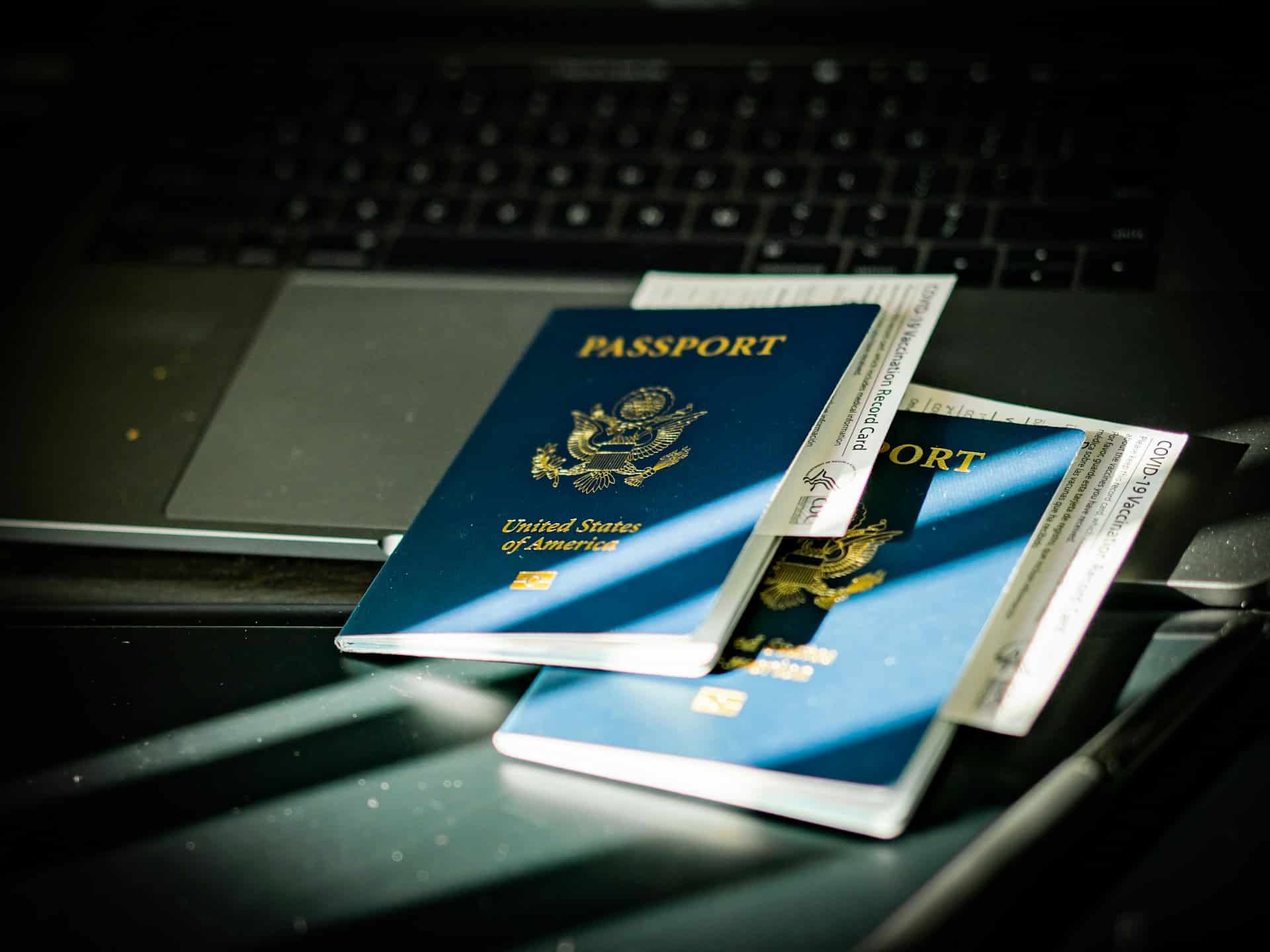This week in travel, we’ve uncovered several stories that might have flown under your radar. Among them: locals fire squirt guns at tourists (again); a woman has an epic meltdown in Milan over excess baggage; and the Trump administration proposes another 36 countries for a U.S. travel ban.
In a wave of frustration against overtourism, citizens across three European countries took to the streets last weekend. In Barcelona, a surprising sight unfolded: locals armed with squirt guns targeted tourists outside a luxury store. The marchers progressed down the iconic Golden Mile, chanting “tourists go home.” Meanwhile, in Mallorca, a bold group halted a tourist bus, displaying a banner protesting the rising tide of visitors. Genoa, Italy, witnessed protesters dragging suitcases along the streets, while in Lisbon, demonstrators carried an effigy of St. Anthony, the city’s beloved patron saint, right to the doorstep of a new hotel development.
This coordinated outburst isn’t just random; it stems from a conference held in April in Barcelona, gathering groups from Italy, Spain, France, and Portugal under the banner of the Southern European Network Against Touristification. Communities are expressing a palpable sense of being overwhelmed by the sheer volume of tourists, which they argue is drastically affecting their quality of life. For years, Barcelona has been vocal about needing better protections against the adverse effects of tourism, and other cities are starting to resonate with that call.
TRUMP ADMINISTRATION MAY ADD 36 MORE COUNTRIES TO TRAVEL BAN
In a development that has stirred conversations across travel circles, the Trump administration is reportedly contemplating an expansion of its travel ban to include 36 more countries. According to a memo obtained by The Washington Post, U.S. diplomats have been directed to inform these countries that they are on a 60-day clock to comply with new requirements set forth by the State Department.
The potential list of countries captures a mix of nations, spanning from Angola and Egypt to Ghana and Zimbabwe. Cited reasons for these drastic measures include rising concerns about government fraud, a significant number of visa overstays, and issues related to citizenship obtained through financial means. As travelers, it’s important to stay informed, as this could drastically impact future travel plans.
The memo, signed by Secretary of State Marco Rubio, was sent to U.S. diplomats working with these countries. The implications of these developments are significant for travelers, raising critical questions about the future landscape of international travel as we navigate our post-pandemic world.
The aviation industry can be unpredictable, and recent events surrounding Air India flights highlight the precariousness of air travel. Just days after a tragic crash in which 241 passengers lost their lives—a heartbreaking outcome that left only one survivor—another Air India Dreamliner encountered mechanical issues. Dealing with these matters can be daunting, but understanding the weight of these incidents is vital for both passengers and airlines.
While the Dreamliner had been in service for over a decade and was carrying a diverse group of passengers, the recent mechanical problems serve as a reminder of the critical importance of airline safety measures. The crash a week prior was devastating, with the aircraft descending mere minutes after takeoff and striking ground structures, resulting in not only a substantial loss of lives onboard, which included individuals from different nationalities, but also casualties on the ground. As families grapple with the grief of losing loved ones, investigators from India, the U.S., and the U.K. are meticulously working to piece together the events leading to that fateful day. While it may take months to get clarity, the recovery of the black box promises to shed light on what went wrong.
In a different scene across the globe, the art world faced its own chaotic moment when a couple inadvertently damaged a Van Gogh-inspired chair in Italy. This remarkable chair, made from hundreds of crystals and crafted by Italian artist Nicola Bolla, was not just a piece of furniture but a work of art meant to be admired and respected. The couple, caught on CCTV, were seen having a little too much fun with it, leading to an embarrassing mishap that ended with the chair’s legs breaking. Their decision to leave the scene without reporting the damage raised questions about responsibility and respect for art. Fortunately, after initial fears, the museum managed to restore the chair, bringing a sense of relief. It’s a reminder of how valuable art is in our world—and the importance of treating such pieces with care.
Another amusing yet relatable incident occurred at Milan Malpensa Airport, where a woman threw a tantrum after being informed that her carry-on bag exceeded the weight limit. Have you ever been there? That moment of sharp panic when you realize your perfectly packed suitcase might not make the cut? This woman’s reaction—a meltdown involving screams and rolling on the ground—could easily resonate with anyone who’s ever felt overwhelmed at an airport. Fortunately, after some calm returned, she was rebooked on another flight, demonstrating the ability of airports to handle such crises with understanding, even when tensions run high.
These stories—one of tragedy and caution in air travel, another of humorous missteps within artistic appreciation, and a final reflection on the stress of flying—remind us of the complexities of human experience. Whether it’s managing fear during air travel, balancing the emotional weight of art, or navigating the pressures of travel logistics, these moments shape our lives and stories. Each incident resonates deeply, connecting us as we recognize our shared vulnerabilities and triumphs in this unpredictable journey we call life.
Image Source: Unsplash





























